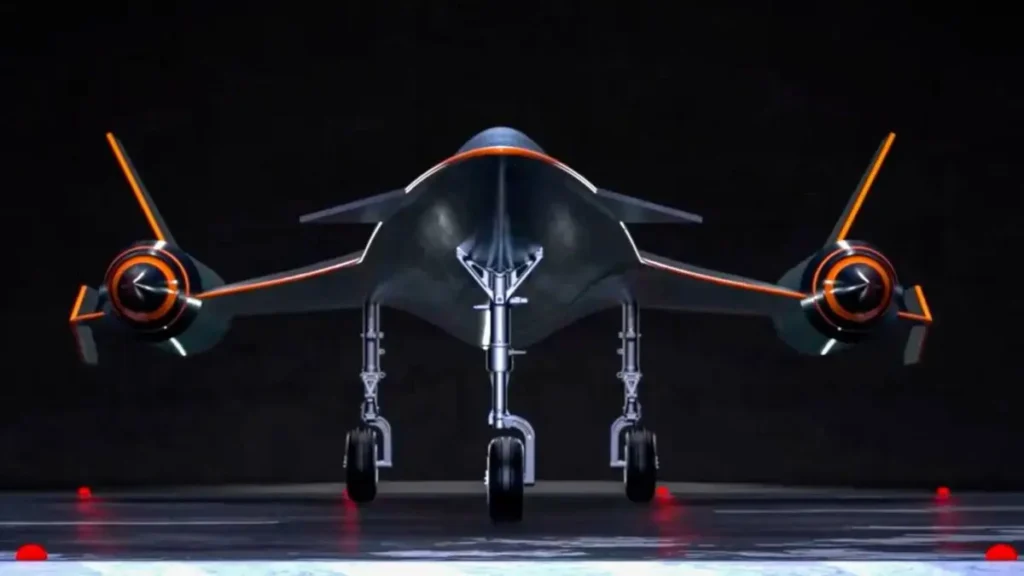Supersonic Travel: The Next Leap in Aerospace Innovation
Supersonic travel is making a remarkable comeback, with recent breakthroughs in detonation engine technology paving the way for faster, more efficient, and cost-effective high-speed aviation. Imagine flying from Beijing to New York in just two hours; the future envisioned by China’s aerospace sector. These advancements promise not only to redefine global transportation but also to drive significant progress in aerospace engineering advancements.
At the heart of this revolution lies a new type of engine design that combines cutting-edge efficiency with a simplified structure. Developed by Space Transportation and Tsinghua University, these engines are set to power the next generation of supersonic and hypersonic aircraft, potentially transforming the way we travel.
What Makes Detonation Engine Technology Revolutionary?
Unlike conventional jet and rocket engines, detonation engine technology generates thrust using shock waves from detonation combustion. This eliminates the need for compressors or turbines, simplifying the engine’s structure and increasing its efficiency.
Key advantages include:
- Improved thrust-to-weight ratio: Delivering more power with a smaller and lighter engine design.
- Lower costs: Reducing operational expenses by streamlining engine components.
- Compact size: The engine measures just 30 centimetres in diameter and 3 metres in length, yet produces an impressive 880 pounds of thrust.
This innovative design has the potential to lower the environmental impact of high-speed aviation by optimising fuel use and reducing emissions.
For further details on this groundbreaking engine, visit South China Morning Post’s report.
The Ram-Rotor Detonation Engine: A Game-Changer in Aerospace
Developed by Tsinghua University, the Ram-Rotor Detonation Engine (RRDE) builds upon traditional detonation engines by addressing key limitations, such as low start-up speeds and discontinuous thrust.
The RRDE integrates:
- A rotary detonation engine for consistent combustion.
- A rotor compressor inspired by ramjet technology to compress, ignite, and expand fuel.
This combination ensures continuous thrust, even at variable speeds, enhancing the viability of high-speed aviation. Its compact, efficient design makes it a promising option for hypersonic aircraft and future space exploration missions.
Supersonic Travel: Applications and Potential
The re-emergence of supersonic travel is more than a technological feat—it represents a shift in how we perceive time and distance.
1. High-Speed Passenger Travel
With speeds of Mach 4 (3,106 mph), China’s Yunxing supersonic jet prototype can transport passengers at unprecedented speeds. Key features include:
- Vertical takeoff and landing capabilities.
- Operational altitudes of over 20,000 metres (65,600 feet).
These innovations promise to reduce long-haul flight times dramatically, offering unparalleled convenience for global travel.
2. Hypersonic Research and Defence
The technology behind detonation engines and RRDEs has significant implications for military and defence applications. Hypersonic aircraft powered by these engines could enable faster reconnaissance, more efficient cargo transport, and advanced tactical capabilities.
Aerospace Engineering Advancements and Sustainability

The development of detonation engines represents a major step forward in aerospace engineering advancements. By optimising fuel use and simplifying engine structures, this technology addresses some of the biggest challenges in aviation, including cost, performance, and sustainability.
Moreover, as the world seeks to decarbonise transportation, these engines could play a key role in reducing the carbon footprint of air travel. Their efficiency aligns with global efforts to promote sustainable transportation while pushing the boundaries of what’s possible in high-speed aviation.
PRV Engineering: Supporting Aerospace Innovation
While PRV Engineering is not directly involved in this project, their expertise in custom fabrication and precision manufacturing supports advancements in the aerospace industry. PRV’s services include:
- High-precision machining for aerospace components.
- Custom fabrication solutions for complex systems.
- Site work and installation for aviation and aerospace projects.
Related: Advanced Lithium-Ion Batteries: Transforming EV Sustainability
The Future of Supersonic Travel
The advancements in detonation engine technology and the development of supersonic jets like the Yunxing prototype mark the dawn of a new era in aviation. By combining speed, efficiency, and sustainability, these innovations could redefine global travel and open up new possibilities for exploration and connectivity.
Follow our blog for the latest updates on aerospace engineering advancements and much more. With the aerospace sector continuing to innovate, PRV Engineering remains committed to sharing insights into the technologies shaping our future. Follow their blog for the latest updates on aerospace engineering advancements and more.


binance account creation July 19, 2025 at 1:14 am
Your article helped me a lot, is there any more related content? Thanks!